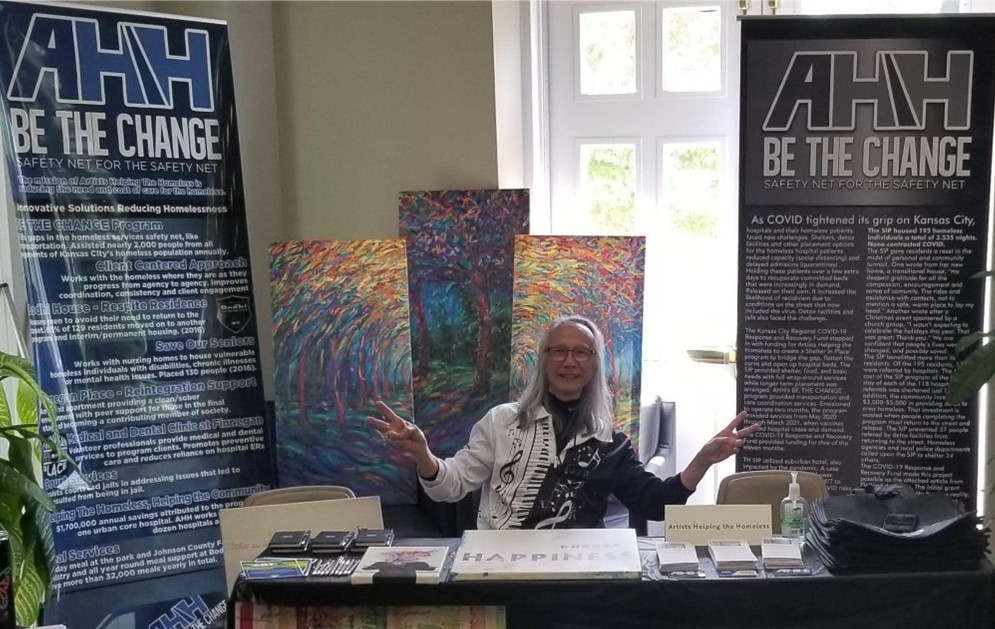Be the Change
AHH works towards its mission by finding innovative solutions to individual and systemic challenges facing area homeless and agencies that serve them. A unique longitudinal approach that follows people as they progress from agency to agency improves communication, coordination, and client engagement. It also allows AHH to remove barriers to service and to fill gaps that may arise, so people do not fall in and out of service. As a result, AHH has been called “the safety net for that safety net”.

2023 Stats
- Assisted 1,532 unhoused with a variety of services tailored to each individual.
- 245,791 miles driven (nearly 10x around the earth)
- 6000 meals provided at the Sunday & Thursday night meal programs
- Provided service at every major hospital in the Metropolitan Area and Lawrence
AHH services fall into 3 categories:
1) GAP Services
General Assistance Program (GAP) services are typically 1 or 2-time events, such as providing rides to/from a domestic violence or family shelter to a medical, legal or housing appointment, assisting a stranded traveler or meeting an immediate need for rent support.
2) Discharge Planning & Execution
Discharge planning assists hospitals, jails, homeless and recovery agencies and others in creating and executing plans for patients, inmates and residents being released. AHH is unique in transporting people to a new placement and assuring admission with a warm handoff. The latter may involve assistance with ID’s, prescriptions, clothing or rent. Agencies call upon AHH because it works throughout the community and is aware of safety net agencies’ capacity, capabilities and requirements.
3) Transitional & Supportive Housing
Residential recovery services are provided at three respite houses and two transitional living facilities located in Kansas City (Mo), Overland Park and Douglas County (Ks). AHH introduced the respite house locally as an alternative to returning to the street for unhoused men waitlisted for treatment or housing. While they waited at the respite house, they maintained momentum by addressing co-existing issues. This proved particularly effective for young adult ales whose behavior had alienated them from families and the agencies that could help them. The concept was replicated in Douglas County (Ks) where it has been effective with re-entry populations.